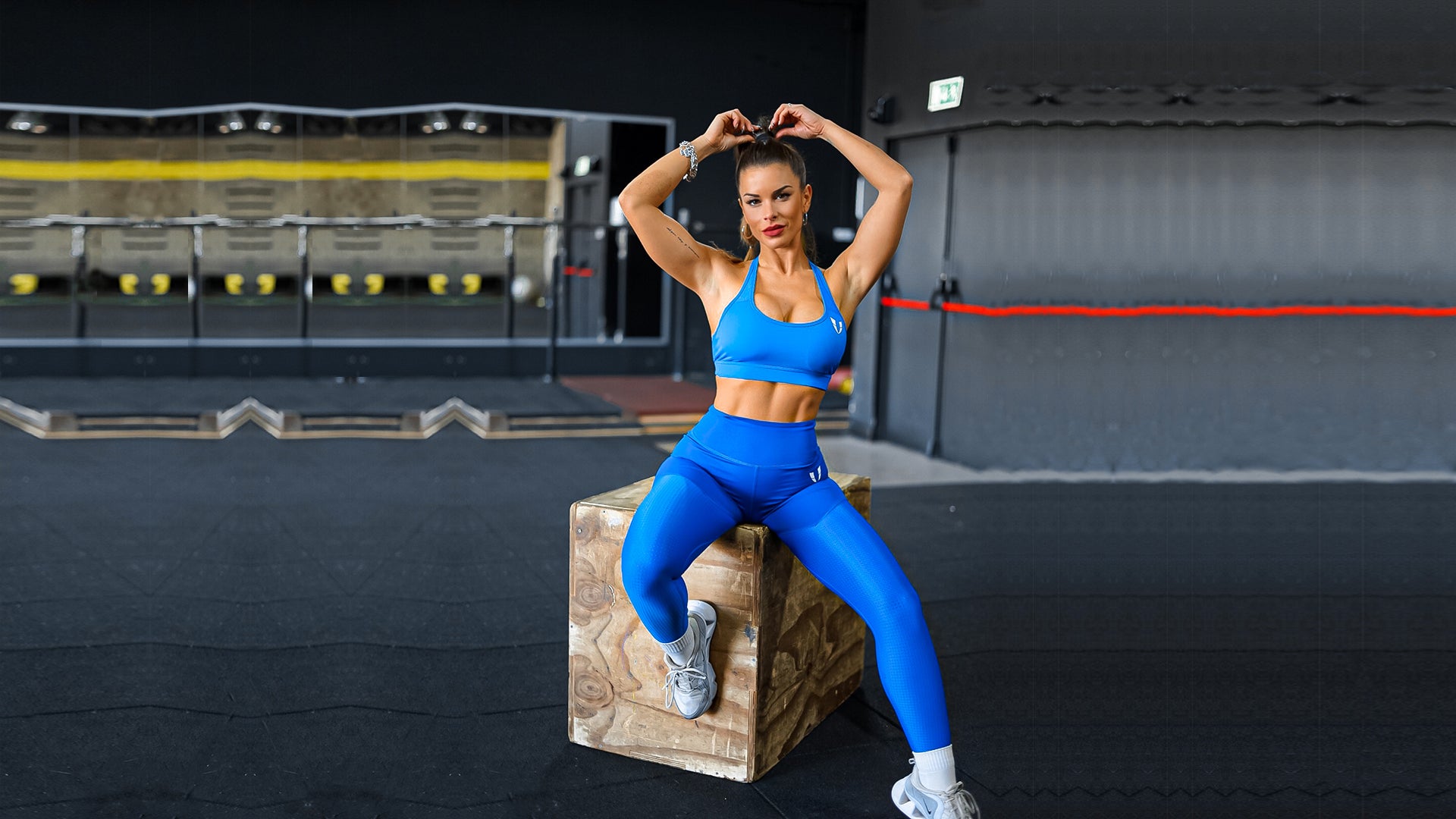
What to wear hiking: hiking outfit
Hiking is a fun activity and there is nothing like conquering a mountain with all the sweat and effort. Hiking in your regular jeans and shirt without proper preparation can be dangerous. Proper hiking outfit is essential for hiking to make the experience rewarding and enjoyable.
Factors to Consider When Choosing Hiking Clothes
Comfort
Hiking clothes should be comfortable. They should fit snugly without being too tight to hamper movement. It is best to avoid cotton clothing while hiking since it absorbs water and takes a long time to dry. Although cotton may initially feel cool, once wet, it retains moisture which can lead to hypothermia.
Security
Hiking clothes should be high on security features. It is best to wear hiking clothes with a full sleeve since mosquitoes and other bugs can easily bite through short sleeves. A hat is also very effective in keeping you from being bitten by insects.
Lightweight
A backpack will help transport your gear, so you should choose hiking clothes that are lightweight. Wear synthetic clothing with a high warmth-to-weight ratio since it is more compressible than cotton and dries faster.
Weather Conditions
Different kinds of weather require different kinds of clothing. Cotton may be comfortable in sunny weather, but sweat can quickly absorb into the fabric, making you cold and uncomfortable. Select synthetic clothing for hiking in cold, dry conditions while cotton is the best choice for hot, humid climates.
Color
Lastly, choose bright colors that stand out against your surroundings. Bright colors are easy to spot which makes it easier for rescuers to find you if lost.
Basic Hiking Outfits
1. Underwear and Sports Bra
Comfortable, elastic, and quick-drying underwear and sports bras are best for hiking since they help keep the body cool and dry. Avoid wearing cotton underwear since it absorbs sweat and holds moisture close to the skin. Synthetic or silk underwear is an excellent choice for activities such as rock climbing where friction can cause rashes.

2. Pants
Wear loose-fitting pants that are quick to dry, comfortable, and long enough to protect the skin from insects and poison ivy. Avoid wearing baggy pants as these can easily get caught on branches and brambles which can cause injuries. Hiking pants can be made of synthetic, wool, or silk. Silk and wool pants are expensive but breathable, quick-drying, and naturally hypoallergenic.
3. Tops
Wear comfortable, quick-drying tops made of synthetic or silk as these materials wick moisture away from the body and keep you cool and dry even in hot weather. Tight-fitting tops can easily be removed if wet to prevent sudden chills.

4. Socks
You should wear synthetic socks as these are quick-drying and prevent blisters by wicking moisture away from the feet. Make sure that you choose the correct size as wearing socks that are too tight or loose can cause blisters which have to be treated with antiseptic creams. Further, nylon or polypropylene socks offer insulation in cold weather.
5. Shoes
You need hiking shoes with a sturdy rubber sole to protect your feet from rocks and rough trails, as well as support the ankles to prevent injuries such as pulled muscles or sprained ankles. Further, you should consider buying boots that are waterproof because walking through puddles and mud can cause wet socks which can lead to blisters or trench feet. The shoes you wear will depend on where you are hiking. If you are hiking on a dry trail, consider wearing lightweight breathable shoes with lugged soles.
6. Jackets and Hoodies
Wear a windproof and waterproof jacket during colder weather. Make sure that the hood is large enough to protect your head from the elements. Be careful while choosing a shirt as it needs to breathe just enough, but also keeps you warm when necessary. You can choose a long-sleeved shirt if you want to protect your arms from the sun or mosquitoes. The jacket should be made of wool or silk.

7. Hats
Wear a wide-brimmed hat to protect your face, head, and neck from the sun. You can also use it as mosquito protection or to keep the rain off of your face during storms.
8. Gloves
The best gloves are made of wool or silk because these materials naturally regulate temperature and humidity which keeps you warm without overheating or becoming too cold and uncomfortable.
9. Scarf
If you want to protect yourself from the wind, bugs, and sun but not lose heat through your head, consider wearing a scarf that can be wrapped around the face when needed. Alternatively, choose a hiking hat that comes with a detachable neck guard that can add extra protection and warmth.

10. Sunscreen and Bug Repellent
Apply sunscreen of SPF 15 or higher to protect your face, neck, ears, and arms from the sun's harmful UV rays. However, sunscreen can cause rashes on the skin that is irritated by heat so only use it when required such as during hotter weather. Further, choose a sunscreen that is water-resistant and sweatproof to prevent it from washing away in the rain. Concentrate on applying sunscreen to exposed areas such as your neck, face, ears, arms, and legs because part of your body covered by clothing will not get enough sun exposure for it to be effective.
How to Wear in Different Seasons?
1. Spring
In spring, the weather can be unpredictable so you will need to wear layers of clothing that can be added or removed when necessary. Thin wool, silk, or synthetic base layers help insulate in cold weather while a light jacket provides warmth and protects from the wind and rain during a cool spring day.
2. Summer
In summer, lightweight clothes made of breathable fabrics such as silk and polyester will help keep you cool. Wear a hat to protect your head from the sun and wear sunglasses with UV protection because this is when most people get sunburns.
3. Fall
In autumn, wool or synthetic base layers provide insulation against cold weather while raincoats and light jackets protect you from the weather. Lightweight layers made of wool, silk, or polyester are best for summer while heavy down jackets are great during winter.
4. Winter
During winter, your outfit should keep insulating you against cold wind and rain. Wear a long-sleeved shirt that will provide warmth even when wet from perspiration. Wear a hat, sunscreen, and sunglasses to protect your head, face, and eyes from the elements.
Things You Should Avoid Wearing When Hiking
1. Cotton clothes
Cotton clothes absorb moisture and cause you to get cold as it evaporates. This is because cotton loses its insulating properties when wet. Cotton also takes longer to dry whereas synthetic fibers are more breathable, quick-drying, and retain their insulation when wet. The only exception is when you're hiking in warmer climates as cotton can be worn during summer as it keeps the body cool.
2. Sleeveless tops and shorts
Wearing sleeveless tops and shorts exposes your arms and legs to sunlight which may result in sunburns, especially because this is when people usually get them. Avoid wearing cotton t-shirts as this will prevent your skin from absorbing the sun's heat. Instead, wear long-sleeved shirts that you can roll up on warm days.
3. Flip flops and sandals
Flip flops are not suited for hiking because they offer no support for your feet, may cause blisters, and are not durable. Sandals may give you more freedom to move your feet but they offer no support either. It is best that you wear hiking boots with ankle support or shoes that can protect your feet from sharp rocks, provide support and grip on wet surfaces.
When choosing what to wear hiking, it is important to consider the climate and terrain of the hike. In general, you will want clothes that are waterproof, windproof, and provide insulation. It is also important to choose shoes that offer ankle support and grip on wet surfaces. You should avoid wearing cotton clothing as it absorbs moisture and takes longer to dry. Additionally, be sure to pack a jacket, hat, and sunscreen for protection against the sun's UV rays.



Leave a comment
This site is protected by hCaptcha and the hCaptcha Privacy Policy and Terms of Service apply.